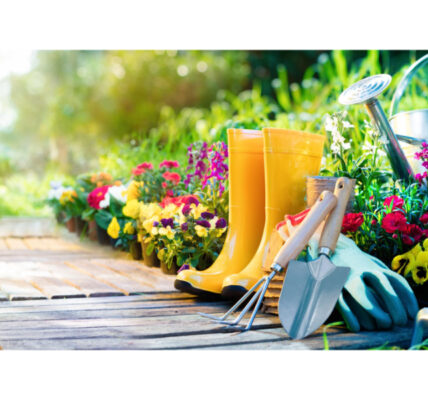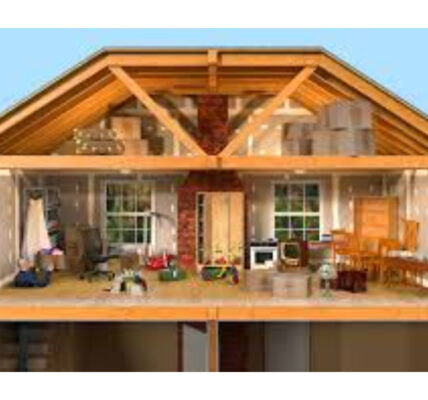
A fire pit becomes a central focus for outdoor fun, extending enjoyment into cooler evenings. The captivating glow entices people to gather around its warmth while reflecting light off surrounding faces and surfaces. Thoughtfully designed fire features create atmospheres perfect for cooking, conversing, star gazing, or simply relaxing.
Select the fuel source
Fire pits run on natural gas, propane, gel, wood, or a combination. Fuel options determine aesthetics, heat output, maintenance, and safety considerations. Wood-burning fire pits made of stone or metal evoke a traditional campfire feel. However, they also produce smoke and embers that annoy neighbors in close quarters. Gas and propane fire pits ignite instantly with the turn of a key or switch. They burn clean without messy ash or soot to handle. Gel fuel models offer the portability of a tabletop fireplace. Many fire pits allow switching between fuels like gas logs with space to add wood. Choose the convenience and ambiance you prefer.
Incorporate creative shapes
Go beyond basic circles and squares to make your fire pit visually unique. Kidney bean shapes fit cozily into a corner. Spear-shaped pits surround you on three sides. Custom cutouts or interior dividers add interest when viewed from above. Shape the pit to align aesthetically with the house architecture. For example, echo a home’s contemporary vibe with a triangular or trapezoid cut fire feature. Or mimic farmhouse style with a rectangular fire trough. Curving serpentine fire pits encircle more seating. Just be sure to allow ample room for circulation. Fire pits experience high heat, smoke exposure, and weather extremes. Select materials that withstand these conditions. Stone, concrete, and metal pans resist cracking or deterioration better than fragile tile, plaster, or cheap metal. Natural stone adds elegance but requires more intensive installation. Keeping fire pits at least 15-20 feet away from structures, overhangs, and low-hanging trees is important. Do not position under elevated decks or balconies either. Incorporate a mesh spark screen dome to contain embers and prevent accidents. Choose heat-tolerant furnishings at safe distances.
Elevate for better views
Sitting around a fire encourages conversation, so position the fire pit where everyone’s face is seen. A slight elevation not only improves sight lines but also raises the fire to a focal point. Place portable fire pits on brick, stone, or concrete platforms for ideal viewing height. For permanent pits, mound soil underneath to raise the base elevation. Offset the pit area from the main patio for separation. Arrange ample, comfortable seating around the entire fire pit perimeter so everyone gathers around the flames. Log or stone benches define the fire zone while blending into natural settings. Groupings of portable chairs and stools accommodate more guests. Include weather-resistant cushions and pillows for coziness. Leave enough space between seating areas to prevent furniture flames. More fire pit design ideas you need, read the full info here.
Make sure to create an opening to enter and exit the circle safely. The fire should beckon people inward. Special accents give the fire pit area a signature style. For a tropical feel, add rattan chairs and palm prints on pillows. Rustic elements like galvanized buckets, wine barrels, and wagon wheels say “farmhouse” instantly. Carve sayings or imagery into stone surrounds. Paint benches bright, mood-setting colors. Display specialty collections or meaningful memorabilia on ledges and shelves.





